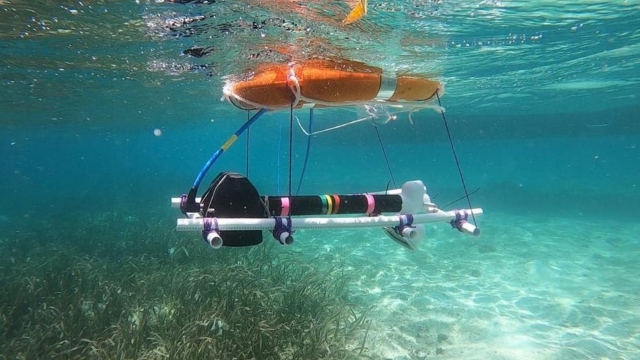Google, CSIRO and the Department of Foreign Affairs and Trade (DFAT) are teaming up to study the climate resilience of seagrass ecosystems and their ability to absorb and sequester carbon.
Announced at COP 27, the international climate change conference hosted in Egypt this year, this new research project is being backed by a $2.7 million investment from Australia’s Science and Technology for Climate Partnership (SciTech4Climate) and Google’s Digital Future Initiative.
Australia is bidding to host the 2026 COP summit and this newly announced collaboration is slated to be one of the first things undertaken in the leadup to that event.
The research, conducted by scientists from CSIRO and DFAT and aided by technology provided by Google (including artificial intelligence) will investigate how blue carbon sinks in water and how it can play a role in reducing greenhouse gases.
Blue carbon, mind you, is a term applied to carbon captured by the world’s oceans and coastal ecosystems. If carbon can be captured by underwater plant life, then perhaps the way in which it does this can have a positive impact on the world.
With carbon dioxide levels at record highs, we’re going to need solutions to reduce it around the world. In the Indo-Pacific region, seagrass could hold the answer.
“The combination of Google’s world-leading artificial intelligence and platform technology, CSIRO’s deep climate, digital and AI expertise, DFAT’s experience delivering high-quality development programs, and skills of our in-country partners, will help create tailored and cutting-edge solutions for Australia and the Indo-Pacific,” CSIRO chief executive Larry Marshall said.
Minister for Industry and Science Ed Husic further explained that under the partnership, Australian, Fijian and Indonesian researchers will work together to develop techniques for gathering data about biodiversity and habitats. He said the information this pulls can then be used to inform national policies and climate change action.
We love to see a team-up of this scale focused on the climate.
You can read more about the project on Google’s blog or the CSIRO website.
